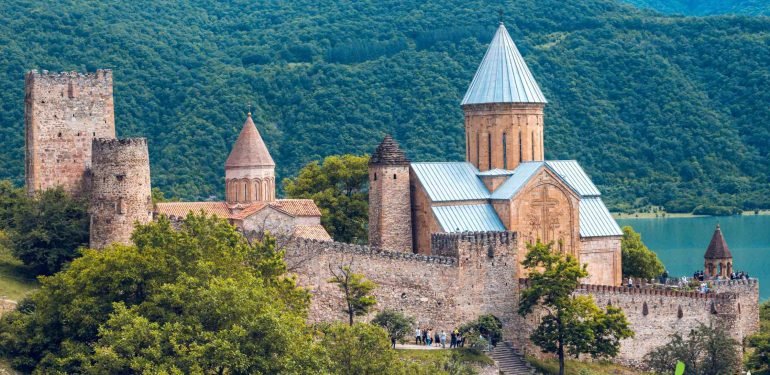Mtskheta is a historic city and a UNESCO World Heritage site, located just a short drive from Tbilisi. Mtskheta tour packages are a popular choice for those interested in exploring Georgia’s rich history and cultural heritage.
The city of Mtskheta was the capital of the eastern Georgian kingdom of Iberia from the 3rd century BC to the 5th century AD. It is home to some of the most important and ancient religious sites in Georgia, including the Svetitskhoveli Cathedral, which is said to contain the Robe of Christ.
Visitors to Mtskheta can also explore the Jvari Monastery, which sits atop a hill overlooking the city and offers stunning views of the surrounding landscape. Other notable attractions include the Samtavro Monastery and the Armazi Fortress.
In addition to its historic sites, Mtskheta is also known for its traditional Georgian cuisine, which features dishes like khachapuri (cheese-filled bread) and khinkali (dumplings filled with meat or cheese).
Mtskheta tour packages typically include guided tours of the city’s historic sites, as well as visits to nearby attractions like the ancient city of Uplistsikhe and the wine region of Kakheti.
Whether you’re interested in exploring Georgia’s rich history, sampling its delicious cuisine, or simply taking in the stunning natural beauty of the region, a Mtskheta tour package is an excellent choice. With its ancient sites, scenic landscapes, and welcoming people, Mtskheta offers a unique and unforgettable travel experience.

